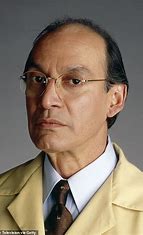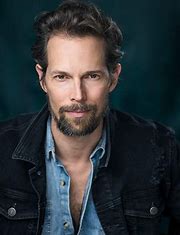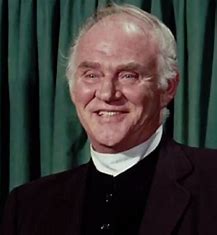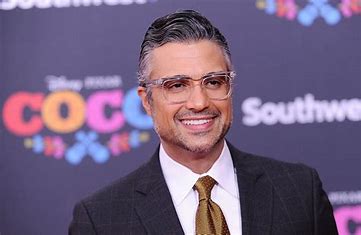Introduction
Paul Anderson was a legendary figure in the world of strength sports. He was a weightlifter, powerlifter, and strongman, who set numerous world records and won multiple championships. However, his legacy extends far beyond his physical prowess. Anderson was also a man of great compassion and vision, who founded the Paul Anderson Youth Home, a residential facility for troubled young men. In addition, he pursued a career in film, directing and producing movies that reflected his values and beliefs. This blog post will explore the life and legacy of Paul Anderson, from his early days as a strongman to his later years as a director and founder of a youth home.
Early Years: From Weightlifting to Strongman

Paul Anderson was born in 1932 in Toccoa, Georgia. He was a sickly child, suffering from numerous health problems, including Bright’s disease, a kidney ailment. However, he was determined to overcome his physical limitations and become a strong and healthy person. He began weightlifting at the age of 14, and soon discovered that he had a natural talent for the sport. He quickly progressed, setting records in various weight classes and winning national championships.
However, Anderson was not content to limit himself to weightlifting. He wanted to test his strength in other ways, and so he began to compete in powerlifting and strongman events. In 1955, he won the World Weightlifting Championships in Munich, Germany, setting a world record in the clean and jerk. He also competed in the World Powerlifting Championships, winning the title in 1957. In addition, he performed incredible feats of strength, such as lifting a car and a motorcycle overhead, and bending steel bars and horseshoes with his bare hands. Anderson became known as the “world’s strongest man,” and his fame spread far beyond the world of strength sports.
The Paul Anderson Youth Home: A Legacy of Compassion
Despite his success as a strength athlete, Anderson was not content to rest on his laurels. He had a deep sense of compassion for troubled young men, and wanted to help them overcome their problems and find a better path in life. In 1961, he founded the Paul Anderson Youth Home, a residential facility for boys who were struggling with issues such as drug addiction, alcoholism, and delinquency. Anderson believed that these young men needed a positive role model and a supportive environment in order to turn their lives around, and he dedicated himself to providing those things.
The Paul Anderson Youth Home has helped thousands of young men over the years, providing them with counseling, education, and vocational training. Anderson himself was deeply involved in the day-to-day operations of the home, and he remained committed to its mission until his death in 1994. Today, the Paul Anderson Youth Home continues to thrive, providing hope and healing to young men who need it most.
Paul Anderson: From Strongman to Filmmaker
Although Anderson’s primary focus was always on helping young people, he also had a passion for filmmaking. He believed that movies had the power to inspire and uplift people, and he wanted to create films that reflected his values and beliefs. In the 1970s, he began producing and directing movies, starting with a documentary about his own life and career. He went on to make several feature films, including “The Strongest Man in the World” and “The Anderson Tapes.”
Anderson’s films were not blockbusters, but they were well-crafted and heartfelt, reflecting his own life experiences and values. He believed that movies could be a force for good in the world, and he wanted to use his talents to make a positive impact. Although he is perhaps best remembered for his strength feats and his work with the Paul Anderson Youth Home, his contributions to the world of film are also significant, and deserve to be remembered.
Conclusion
Paul Anderson was a remarkable man, whose legacy extends far beyond his physical strength. He was a man of great compassion, who dedicated himself to helping troubled young men find a better path in life. He was also a man of vision, who believed in the power of film to inspire and uplift people. Anderson’s life and work serve as an inspiration to us all, reminding us that we can make a difference in the world if we are willing to use our talents and resources to help others.



